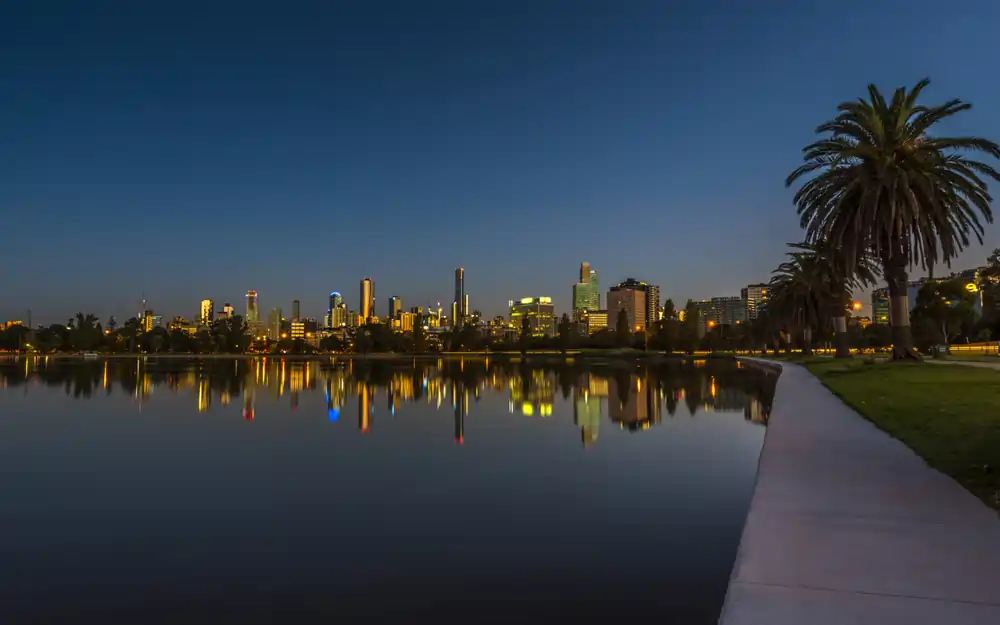So you love natural lakes, don’t you? Something is soothing about gazing at the rippling waters surrounded by trees and mountains. If you’re looking to plan an epic lakeside getaway, you’ll want to consider What Country Has The Most Natural Lakes. From massive Great Bear Lake to picturesque Lake Louise, Canada is a paradise for lake lovers and outdoor enthusiasts alike. With stunning vistas and opportunities for canoeing, fishing, and other watersports around every bend, Canada’s lakes are sure to spark your sense of adventure. Ready to dive in and experience some of the best lakes in the world? Pack your bags – the Great White North is calling your name.
Defining “Natural Lakes”
When we talk about natural lakes, we mean lakes that formed naturally over time, rather than man-made reservoirs or ponds. Although the key factors for natural lake formation are glaciation, changes in sea level, volcanic activity, and erosion.
Glaciers that move and then melt can gouge out depressions in the land that fill with water, creating lakes.
Changes in sea level, like a rise or fall, can isolate bodies of saltwater and turn them into freshwater lakes. However, this is how the Great Lakes in the U.S. and Canada formed. Volcanic activity can also lead to natural lakes, through craters filling with water or lava dams blocking rivers and streams.
Erosion plays a role too. Moreover, water flowing over land erodes the soil and rock, carving out basins and valleys. When these fill with water, they become natural lakes.
While there are many contenders, Canada likely has the most natural lakes in the world with over 2 million lakes larger than 3 square miles. However, they also offer vital freshwater supplies for people, animals, and plants in addition to beautiful views.
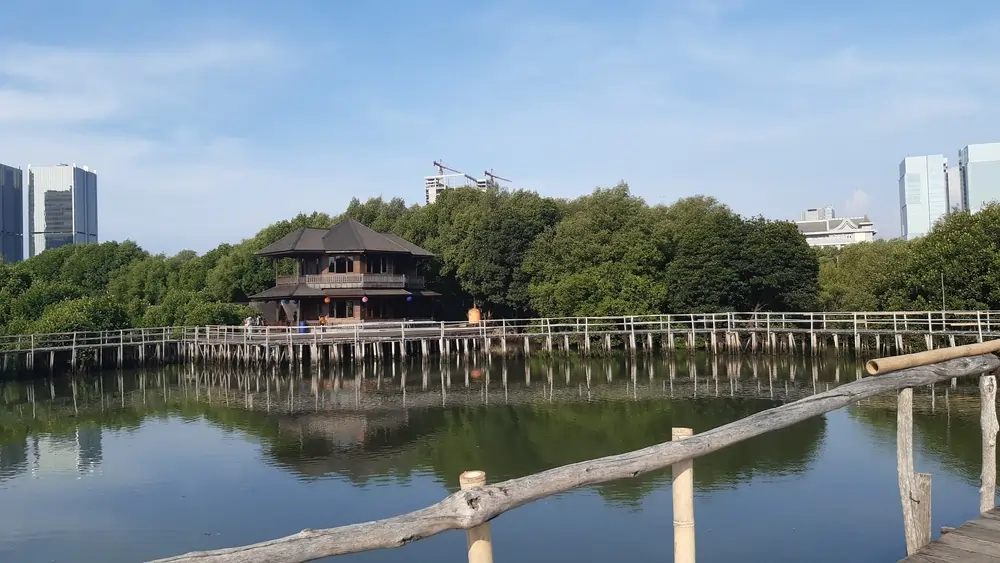
Nations with the most lakes naturally:
Few nations stand out as having an abundance of these stunning bodies of water when it comes to natural lakes.
Canada:
With almost 2 million lakes greater than three square miles, Canada is a lake lover’s delight. With a surface area of more than 12,000 square miles, the enormous Great Bear Lake is the biggest lake fully within Canada. Visitors come from all over the world to Lake Louise in Banff National Park because of its breathtaking blue waters and untamed landscape.
Finland:
Finland is known as the “Land of a Thousand Lakes,” but that’s a huge understatement. The country has around 190,000 lakes, many within the beautiful Lakeland region. Saimaa is the largest, with stunning forests, beaches, and islands to explore. So the pristine waters and peaceful surroundings of the Finnish lakes are a perfect escape from the modern world.
Norway:
Majestic Norway contains over 450,000 lakes, many nestled between dramatic mountains like a scene from The Lord of the Rings. Mjøsa is the largest lake, covering over 360 square miles. But for natural beauty, it’s hard to beat the Geirangerfjord with stunning waterfalls and turquoise waters. Although the Norwegian lakes provide opportunities for kayaking, fishing, swimming or just finding solitude.
Pack your bags and enjoy a getaway surrounded by these gorgeous gifts of nature.
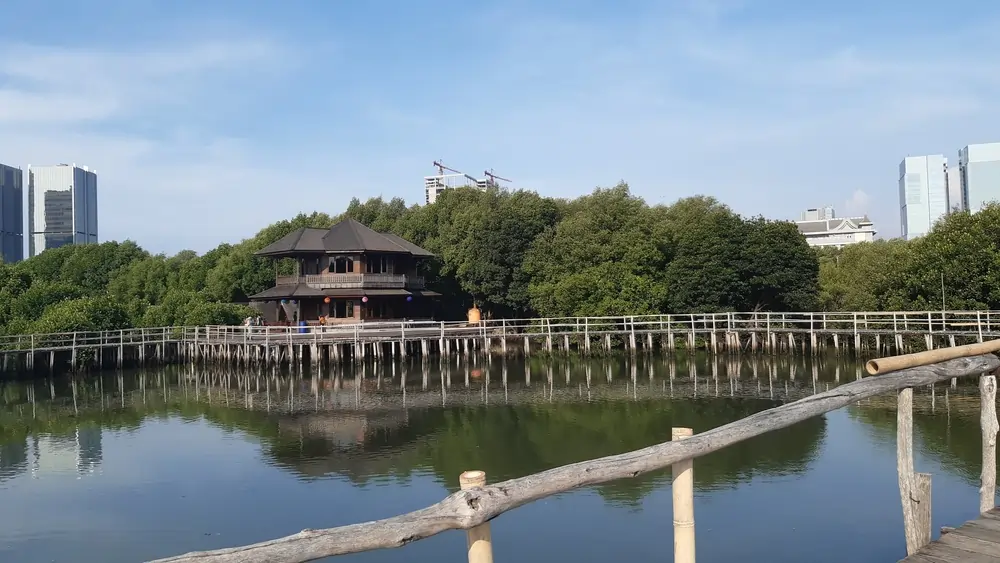
Canada’s Abundance of Lakes:
Canada is home to more natural lakes than any other country in the world. With over 3 million lakes, Canada’s landscape is dotted with picturesque bodies of water.
Size and Numbers:
Canada’s lakes cover about 7.6% of its total area. So the largest lake, Great Bear Lake, is 31,153 square km – bigger than Belgium! However, the majority of Canada’s lakes are quite small. Over 2 million lakes are less than 10 hectares in size.
The highest concentration of lakes is found in the Canadian Shield, an ancient geological formation that spans much of central and eastern Canada. Glaciers that receded after the last Ice Age carved out depressions in the landscape, which then filled with water and became lakes. The shield’s rocky terrain prevented the lakes from draining, so they remained intact.
Some of the most well-known lakes are:
- Superior Lake – the largest of the Great Lakes, bordering Ontario and the US.
- Lake Winnipeg – Canada’s 6th largest lake, in Manitoba.
- Lake Athabasca – a large lake in Saskatchewan and Alberta, near the oil sands.
- Great Slave Lake – the deepest lake in North America, in the Northwest Territories.
Recreation and Natural Beauty:
Canada’s lakes are a natural wonderland for outdoor recreation like boating, fishing, swimming or just enjoying the views. Many lakes have cottages along their shores for weekend getaways. The stunning vistas and pristine waters attract landscape photographers and nature lovers.
With their immense numbers and variety, Canada’s lakes represent an ecological wonder as well as an economic resource. However, they are home to diverse plants, fish, and bird species in a range of beautiful settings – from the rocky shores of the Canadian Shield to the boreal forests of the north. Whether witnessing the shimmering waters of a secluded pond or a dramatic sunset over one of the Great Lakes, Canada’s abundance of lakes inspires a sense of peace and natural splendor.
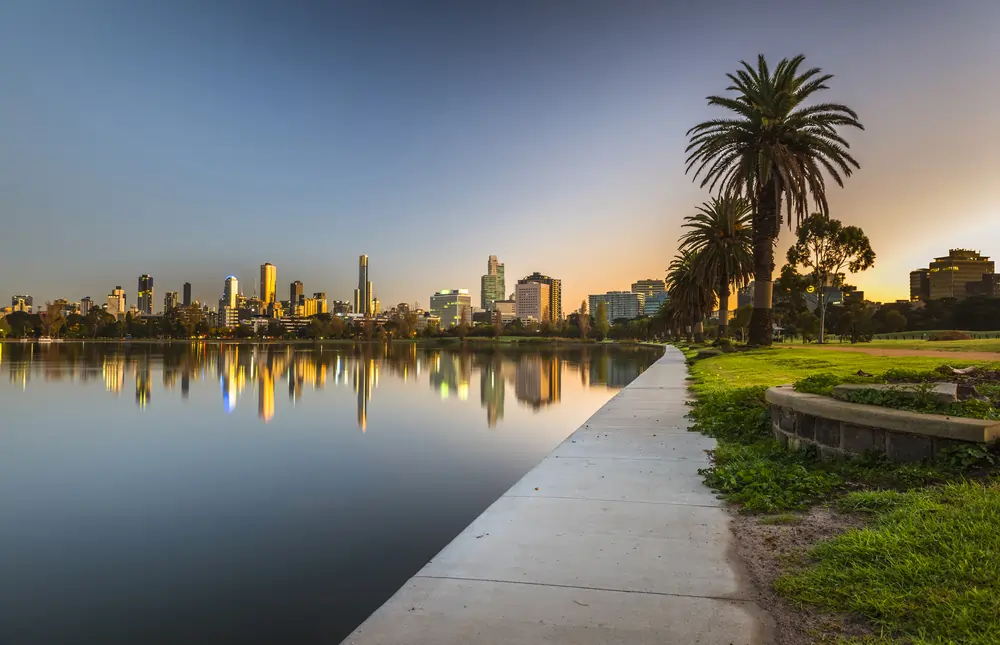
Other Top Countries for Lakes:
Canada has the most natural lakes of any country, with over 3 million lakes. The majority are located in remote northern regions, surrounded by forests and tundra. So the immense Great Bear Lake and Great Slave Lake in the Northwest Territories top the list of the largest lakes, followed by Lake Athabasca, straddling the Alberta-Saskatchewan border.
Finland comes in second with over 180,000 lakes, earning it the nickname “Land of a Thousand Lakes.” The lakes were formed during the last Ice Age, carving the landscape into a wonderland of bays, inlets, and islands. However, the largest lakes are Saimaa, Päijänne, and Inari. In the summer, Finns flock to lakeside cottages, and the long, light nights are perfect for sailing, swimming or just enjoying the peaceful surroundings.
Norway has a spectacular coastline and over 400,000 lakes surrounded by mountains and glaciers. The largest lake is Mjøsa, with many smaller lakes ideal for fishing, kayaking, and other watersports. Glacial lakes like Lovatnet and Reinheimsvatnet offer stunning turquoise waters with floating icebergs.
The largest lakes are Vänern, Vättern, Mälaren and Storsjön. In Dalarna province, Siljan Ring Lake is a popular tourist destination, with forests, meadows, and historic villages along its shores.
Russia contains over 2 million lakes, most located in Siberia and the far north. Lake Baikal in southern Siberia is the largest freshwater lake in the world by volume, a rift lake surrounded by mountains. Despite the harsh, frigid climate, the lake harbors over 1,700 species of plants and animals, many found nowhere else in the world. However other massive lakes include Ladoga, Onega, and Khanka.
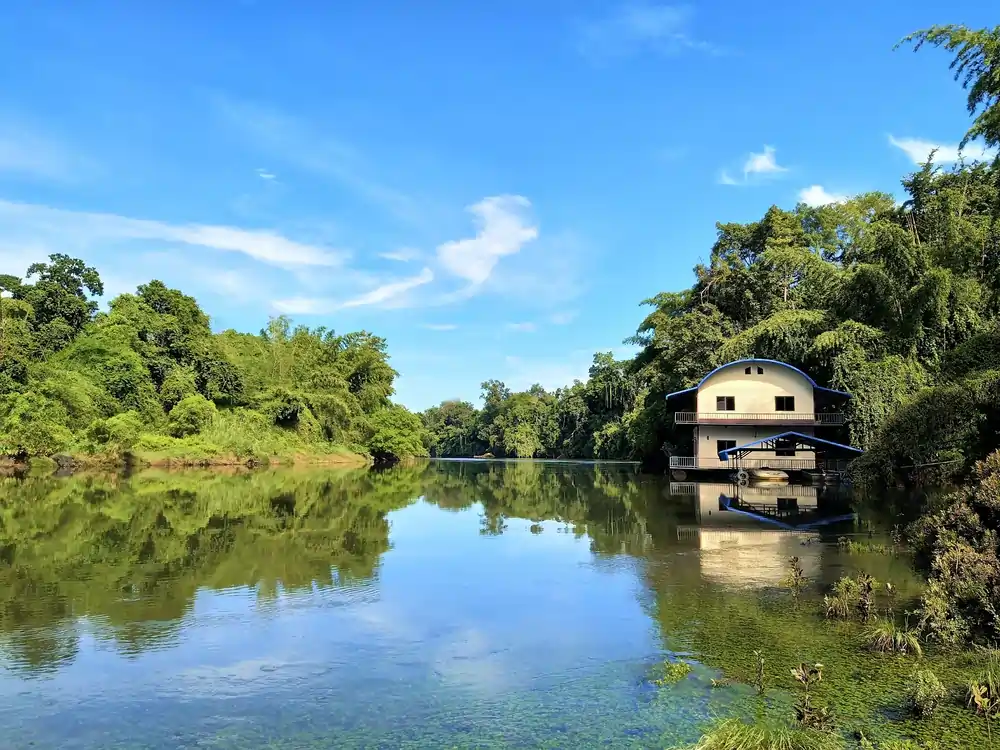
Conclusion
There you have it. What Country Has The Most Natural Lakes? Canada is by far the nation with the most naturally occurring lakes. A little under 9% of Canada’s total land area is made up of more than 3 million lakes. It makes sense why they have such beautiful scenery and outdoor recreation opportunities around lakes and rivers. The sheer quantity of lakes in Canada’s vast geography makes it the clear leader when it comes to natural lakes, even if Russia and Finland do have a high number of lakes for their size. So you know where to go the next time you’re in the mood for an adventure in the midst of magnificent lakes and woods. Canada is requesting!
FAQs:
What Country Has The Most Natural Lakes:
The country with the largest number of natural lakes is Finland. This Nordic nation is home to nearly 200,000 natural lakes. Finland’s lake density is the highest in the world, with about 187,888 lakes that are over 500 square meters in size. The lakes cover about 10% of Finland’s total area. The high volume of lakes in Finland is due to its geography and climate. During the last ice age, massive glaciers carved out depressions in the landscape that later filled with water. Finland also receives adequate rainfall to sustain these lakes, with much of the water coming from snowmelt.
In the winter, are the lakes frozen?
During the winter, from December to April, several of the lakes ice over. For ice skating, ice fishing, and snowmobiling, the ice is thick enough.
Are the lakes swimmable?
Yes, many of the lakes are safe to swim in from June through August during the summer. In July and August, the water’s temperature can get as high as 20°C (68°F).
Are there residents around the lakes?
Southern and eastern Finland’s lake area is home to around 40% of Finland’s population. The profusion of pure, natural lakes in Finland offers several chances for enjoyment amidst breathtaking surroundings. It makes sense that Finland is a very sought-after travel destination, particularly in the summer. A natural beauty unlike any other location in the world, its gorgeous lakes.
